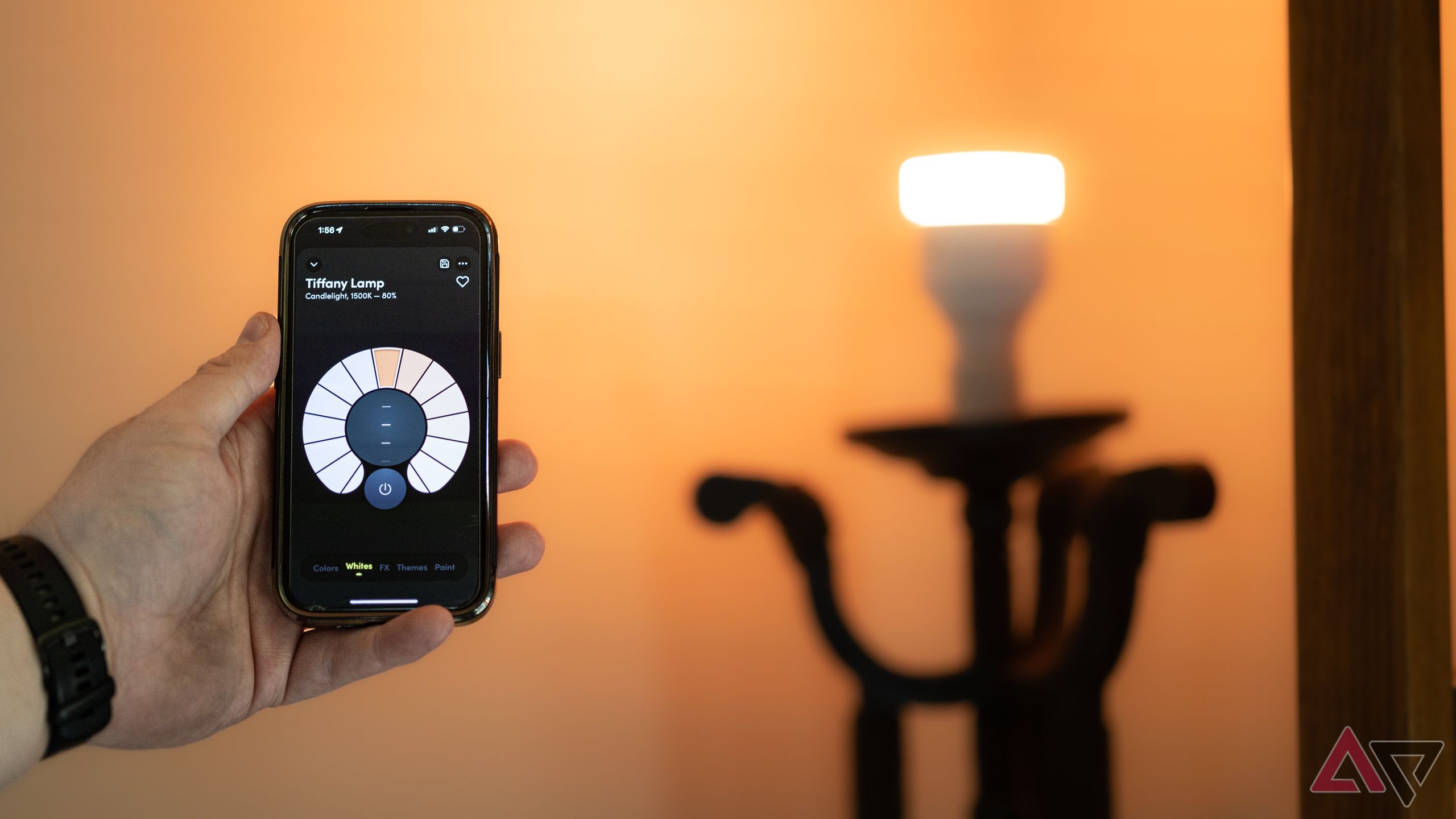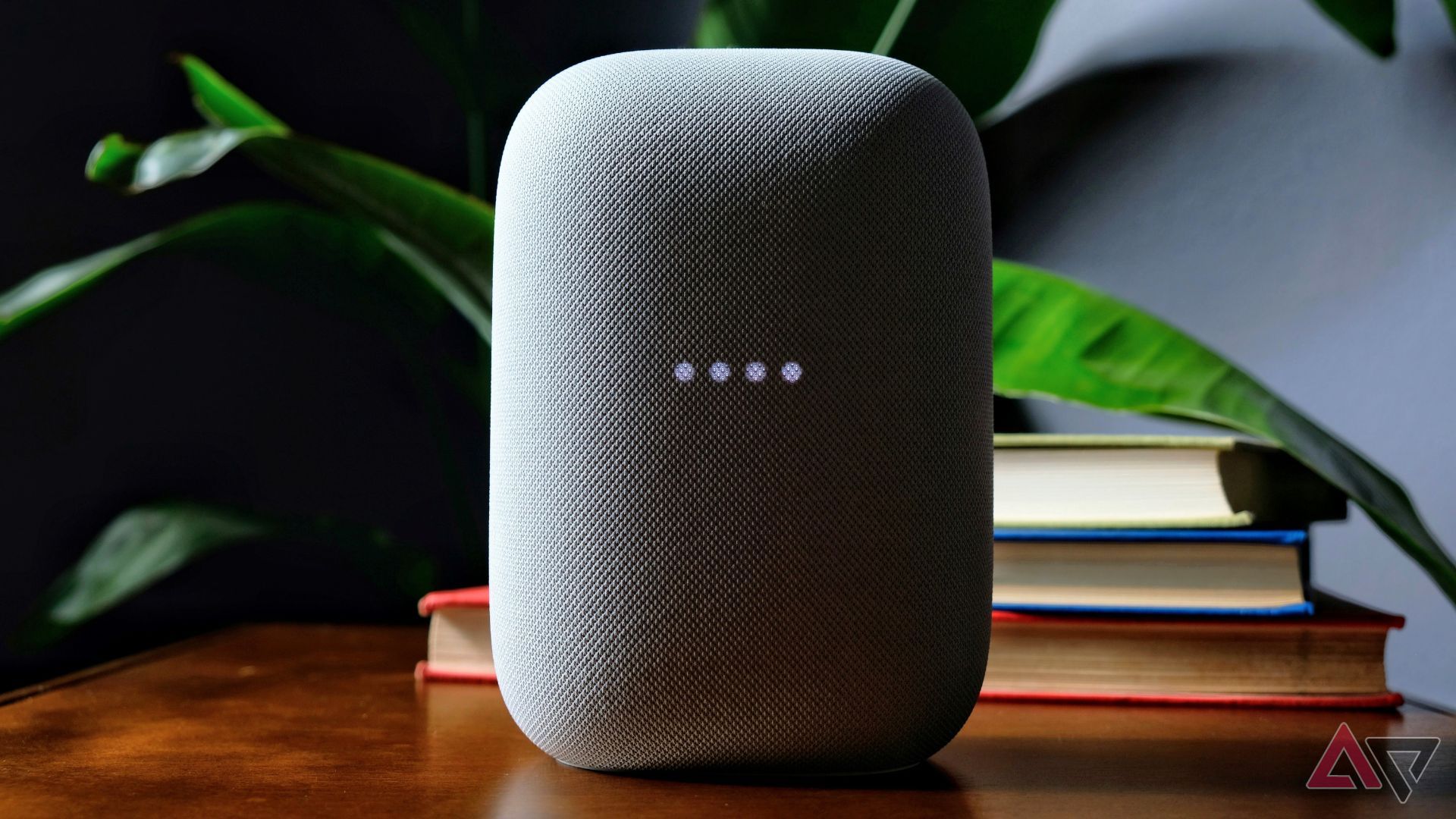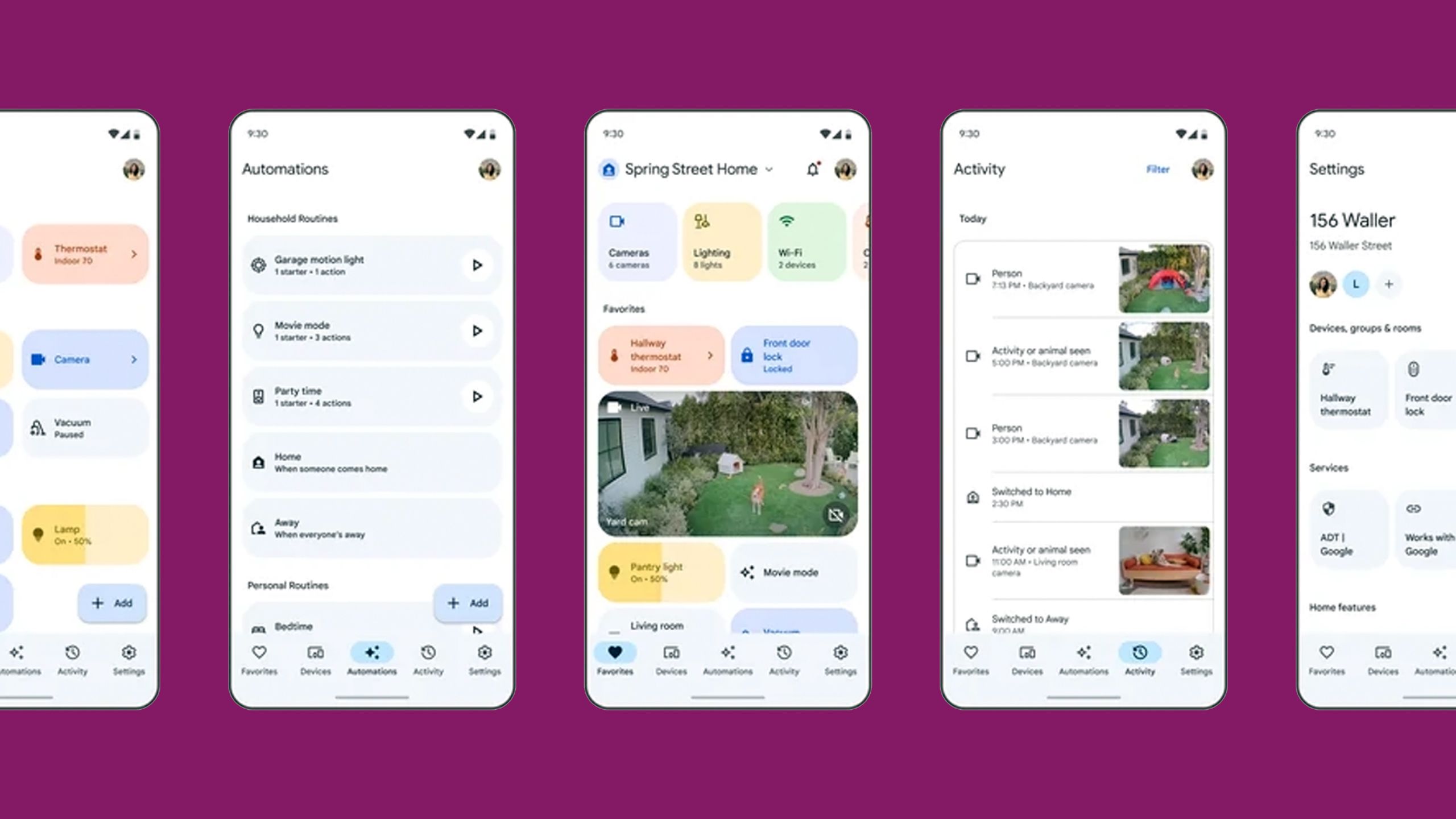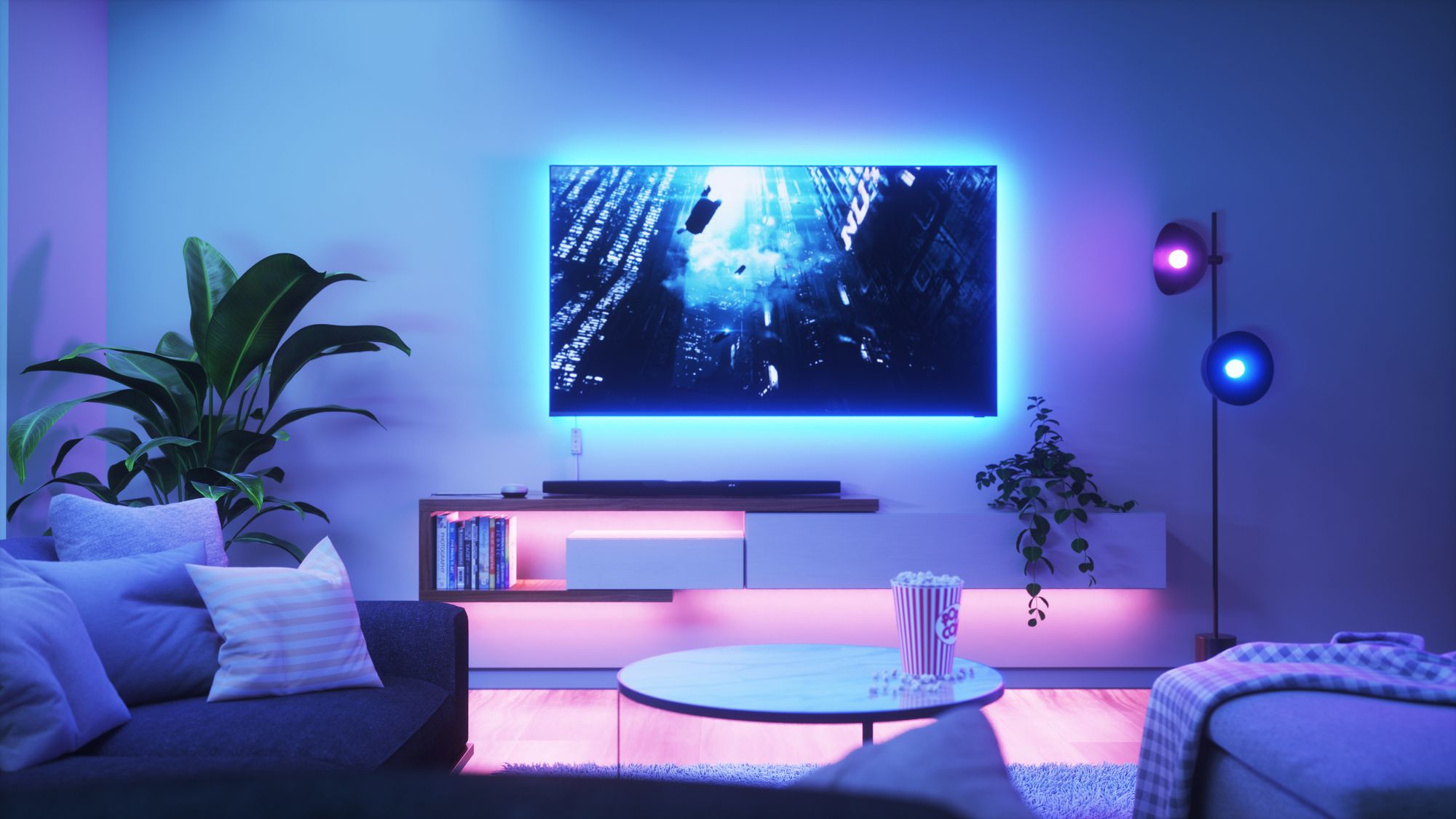Google Home, Google’s smart home platform, is relatively static at the moment. While millions of people use it, and there are plenty of compatible accessories, it’s hardly setting the world on fire when it comes to attention or excitement. If you asked the average American about the first smart home platform that comes to mind, they’d probably name Amazon Alexa.
Is there anything Google can do to make its smart home tech more enticing? I think so, based on my years of covering it. The execution may be tricky, but the strategy should be straightforward.
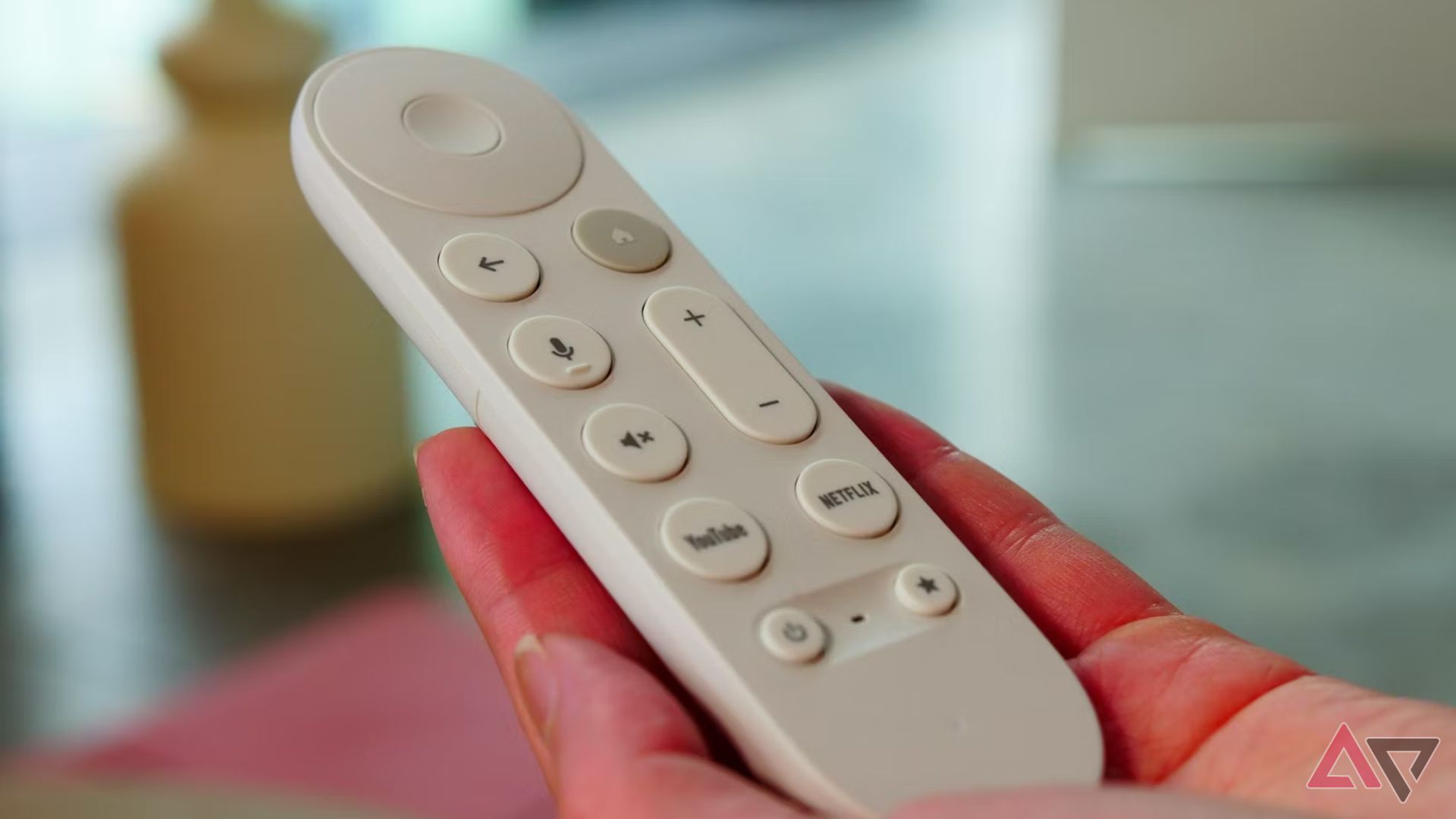
Related
How to create a smart home hub with the Google TV Streamer
Stream content and control your smart home devices from one place
4 Quicker and easier pairing
Adding (and removing) accessories in a snap
I don’t find pairing accessories with Google Home to be cumbersome, but smart home tech is one of my specialties as a journalist. The audience Google needs to appeal to is the person picking up a few smart bulbs for the first time alongside some plywood and plumbing.
Pairing third-party accessories should be as simple as first-party gear.
Device setup can potentially be a breeze, but that’s mainly with Google’s devices. With third-party accessories, you need to set those up in their app, then link them to the Home ecosystem using Google’s convoluted Works With Google Home framework. Any subsequent changes made in the outside app may not sync, so you occasionally have to force Google Home to refresh its connection and do housekeeping to make sure all your devices are present, in the right rooms, and using the right names.
At the very least, Works With Google Home sync needs to be automatic, frequent, and tidier. Pairing third-party accessories should also be as simple as first-party gear. One solution might be going all-in on the Matter smart home standard, which typically relies on scanning QR codes. That requires users to have a compatible Matter controller like a Nest Hub or Nest Mini, which might confuse people expecting everything to work out of the box.
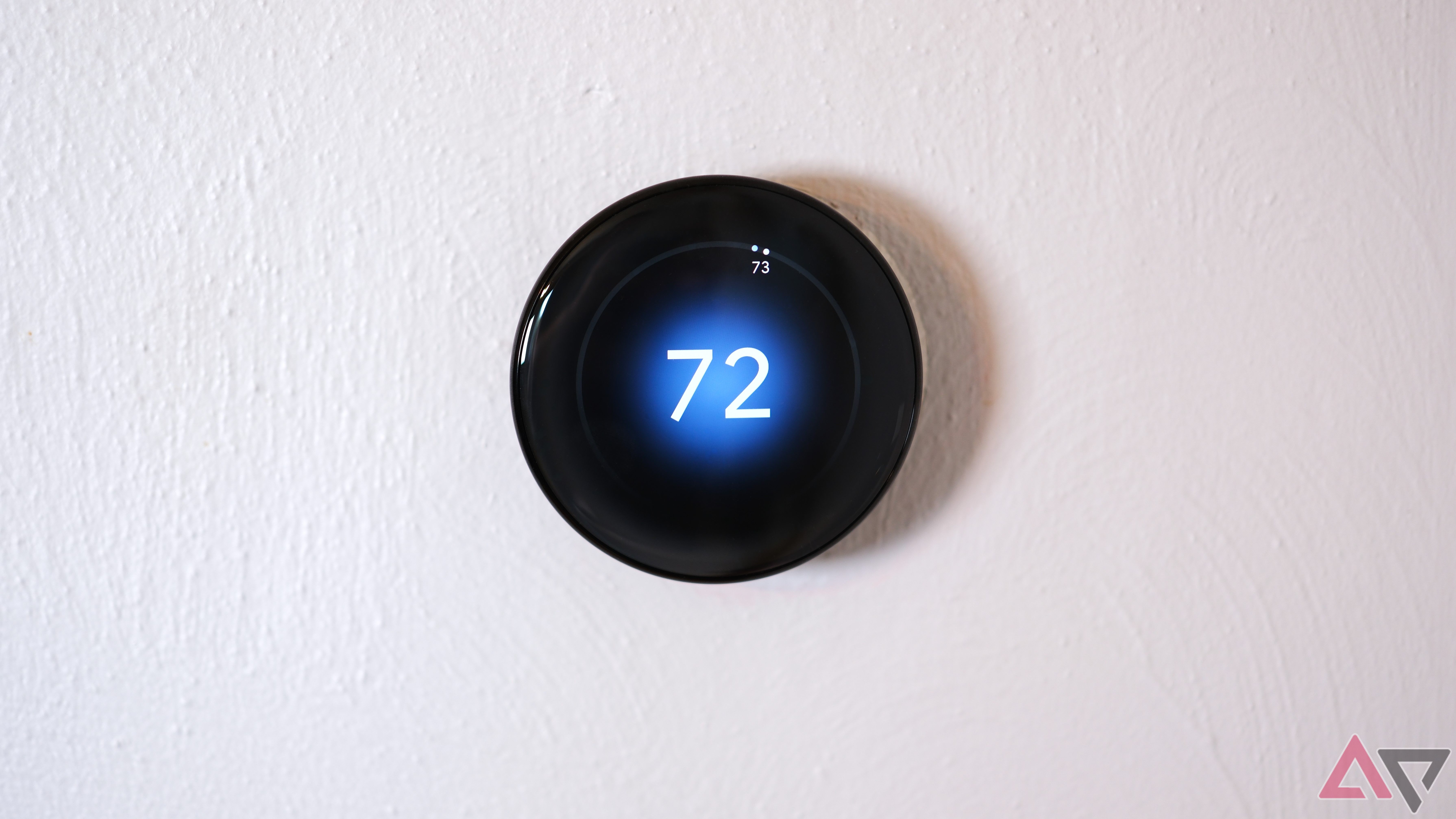
Read our review
The Nest Learning Thermostat (4th gen) improves practically everything, especially the controls
It’s the best thermostat yet from Google
3 New home theater-capable Nest speakers
The most obvious thing imaginable for Google streamers
A dilemma in the Google ecosystem is that you can’t use a pair of Google speakers as output if you own a Google TV, Chromecast, or Google TV Streamer. The company never solved the problem of getting Nest speakers to sync with video, despite rivals Apple and Amazon managing the feat for multiple generations.
Google could make a fortune selling new Nest speakers that automatically pair with all Google TV products. I recently bought a Hisense U68KM. While I’m happy with the Sonos Ray soundbar I connected, I would’ve gladly picked up a couple of updated Nest Audios as a budget alternative. A future upgrade for me could be a Google-designed soundbar with Dolby Atmos. However, with no new Nest speakers since 2020, the company should probably take baby steps.
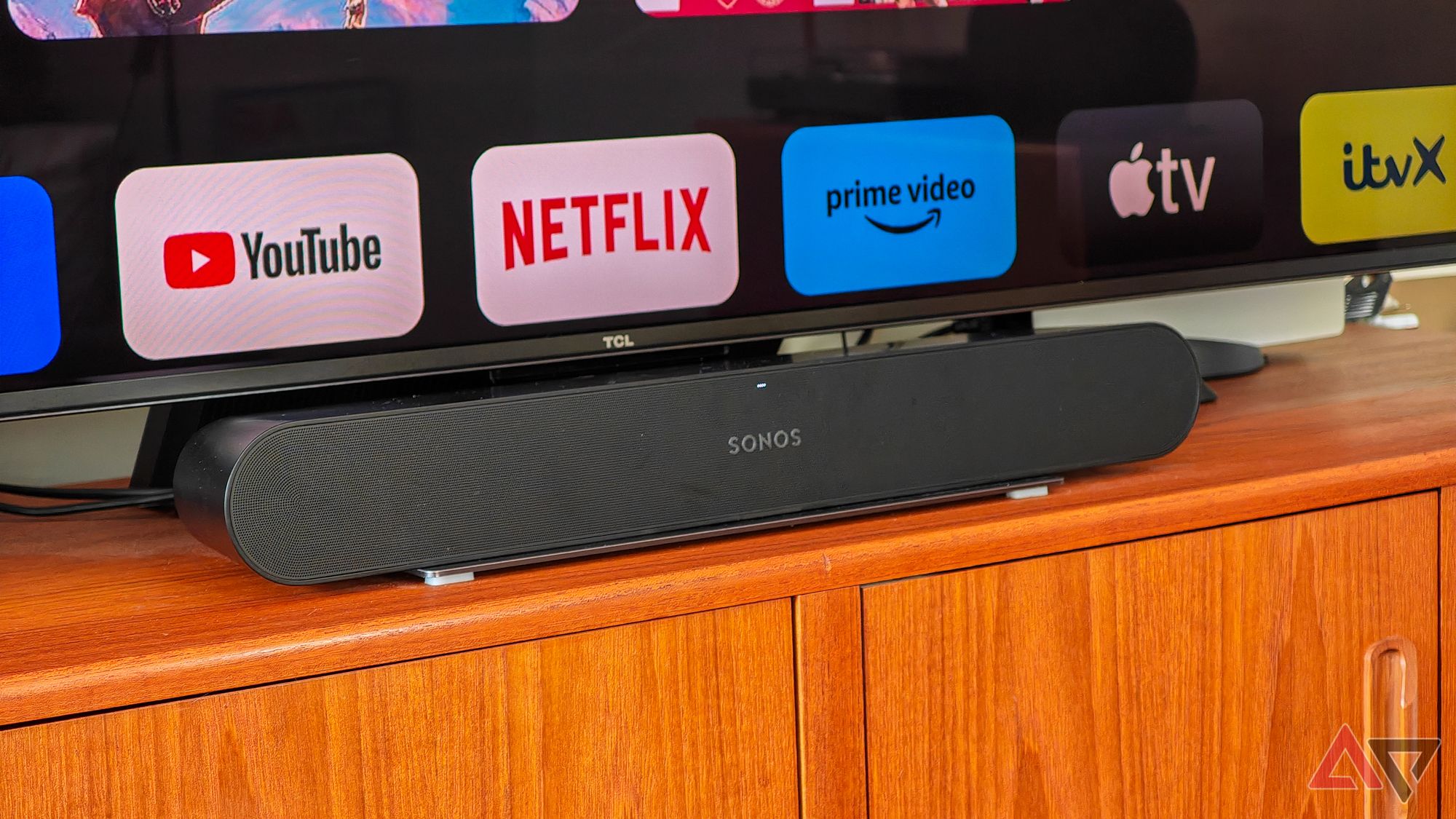
Read our review
Sonos Ray: Big Sonos sound, but smaller
The Ray is a small soundbar for small rooms, but don’t expect many frills
2 A simpler, clearer smartphone app
The interface is close but not quite there
Google overhauled the Home app for Android and iOS in 2023, and it was a welcome modernization of something that felt stuck in time. Its dashboard is now superior to Alexa, and basic accessory control is intuitive, at least when you get the hang of Google’s conventions.
The app can be confusing if you’re new to smart homes. For example, it automatically groups the lights in a room into a single tile, making it harder to control individual fixtures. Since it isn’t always clear which tiles have single-tap toggle controls, it’s possible to accidentally turn something on or off when all you meant to do is see more control options. You’ll tap and hold tiles for that. Things are more complicated for newcomers when dealing with automation routines or the Works With Google Home system.
Adding buttons within tiles would go a long way toward making Home feel more intuitive. I’ve already addressed fixing Works With Google Home, but as for automations, it’s mostly a question of breaking down barriers. The logic and restrictions for automations don’t always make sense, so it may take a fully “Geminized” version of Home to sort things out.
1 More exciting hardware in general
It’s tough to get excited about doorbells and thermostats
While nothing is inherently wrong with Google’s hardware apart from needing a refresh, the company could attract more attention if the flashiest product in its lineup wasn’t a thermostat. It doesn’t have advanced motion sensors or smart bulbs, never mind the sort of decorative fixtures brands like Nanoleaf and Philips Hue sell.
Google doesn’t have to get into lighting. A complete ecosystem would be nice, selling us the true potential of smart homes without relying heavily on third-party accessories. Perhaps closer partnerships with those outside brands are in order.
Is there a chance Google will fix any of these things soon?
The next window of opportunity is the Google I/O 2025 developer conference, which should occur sometime in May. There haven’t been any rumors of major smart home overhauls, except perhaps new Nest speakers and displays. Still, we aren’t sure when they might ship. We could end up waiting until next fall.




